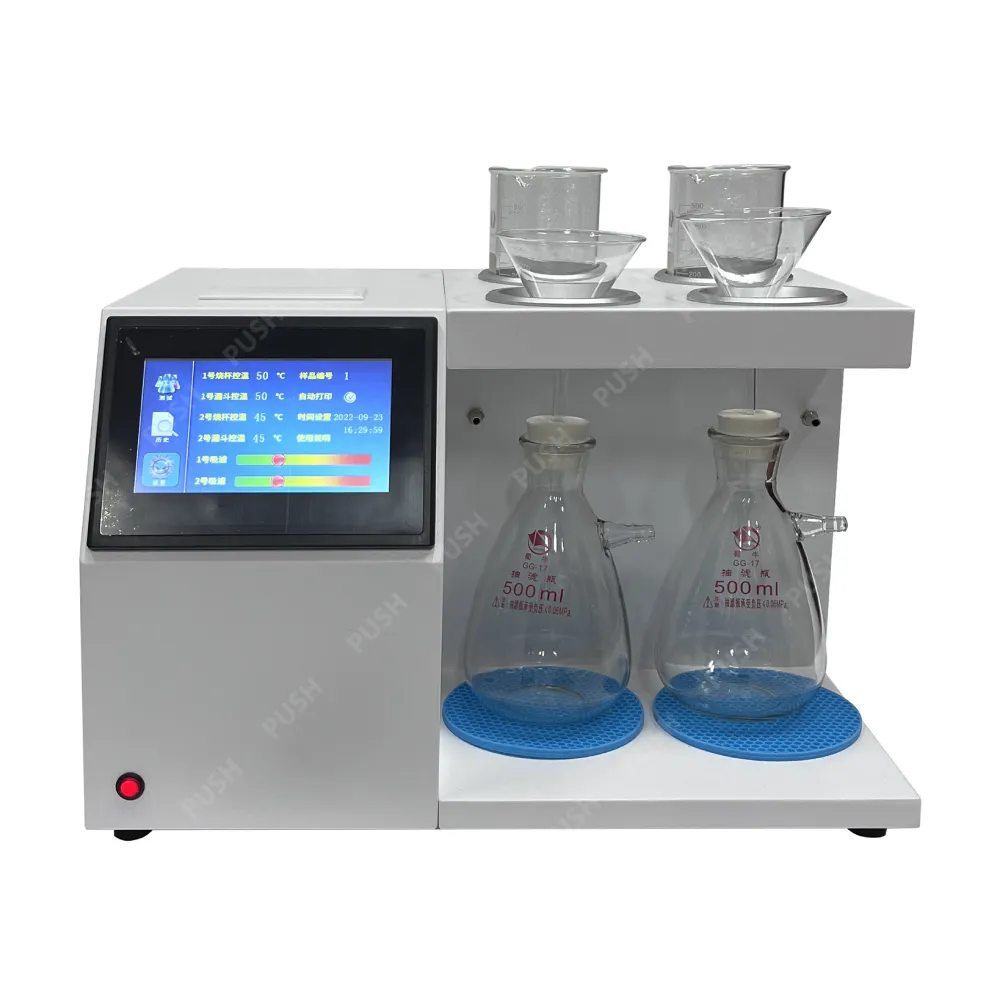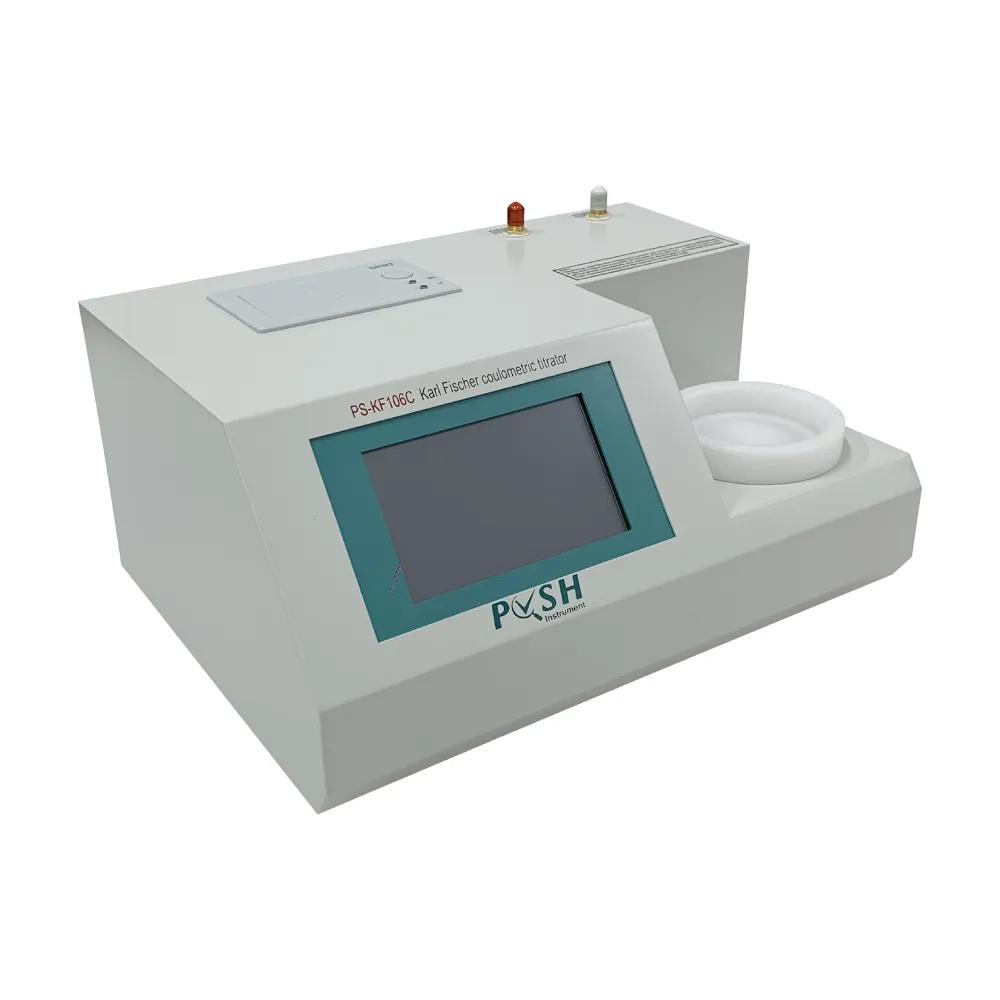TEL:
+86-0312-3189593
 English
English

Telephone:0312-3189593

Email:sales@oil-tester.com

-
 Afrikaans
Afrikaans -
 Albanian
Albanian -
 Amharic
Amharic -
 Arabic
Arabic -
 Armenian
Armenian -
 Azerbaijani
Azerbaijani -
 Basque
Basque -
 Belarusian
Belarusian -
 Bengali
Bengali -
 Bosnian
Bosnian -
 Bulgarian
Bulgarian -
 Catalan
Catalan -
 Cebuano
Cebuano -
 China
China -
 China (Taiwan)
China (Taiwan) -
 Corsican
Corsican -
 Croatian
Croatian -
 Czech
Czech -
 Danish
Danish -
 Dutch
Dutch -
 English
English -
 Esperanto
Esperanto -
 Estonian
Estonian -
 Finnish
Finnish -
 French
French -
 Frisian
Frisian -
 Galician
Galician -
 Georgian
Georgian -
 German
German -
 Greek
Greek -
 Gujarati
Gujarati -
 Haitian Creole
Haitian Creole -
 hausa
hausa -
 hawaiian
hawaiian -
 Hebrew
Hebrew -
 Hindi
Hindi -
 Miao
Miao -
 Hungarian
Hungarian -
 Icelandic
Icelandic -
 igbo
igbo -
 Indonesian
Indonesian -
 irish
irish -
 Italian
Italian -
 Japanese
Japanese -
 Javanese
Javanese -
 Kannada
Kannada -
 kazakh
kazakh -
 Khmer
Khmer -
 Rwandese
Rwandese -
 Korean
Korean -
 Kurdish
Kurdish -
 Kyrgyz
Kyrgyz -
 Lao
Lao -
 Latin
Latin -
 Latvian
Latvian -
 Lithuanian
Lithuanian -
 Luxembourgish
Luxembourgish -
 Macedonian
Macedonian -
 Malgashi
Malgashi -
 Malay
Malay -
 Malayalam
Malayalam -
 Maltese
Maltese -
 Maori
Maori -
 Marathi
Marathi -
 Mongolian
Mongolian -
 Myanmar
Myanmar -
 Nepali
Nepali -
 Norwegian
Norwegian -
 Norwegian
Norwegian -
 Occitan
Occitan -
 Pashto
Pashto -
 Persian
Persian -
 Polish
Polish -
 Portuguese
Portuguese -
 Punjabi
Punjabi -
 Romanian
Romanian -
 Russian
Russian -
 Samoan
Samoan -
 Scottish Gaelic
Scottish Gaelic -
 Serbian
Serbian -
 Sesotho
Sesotho -
 Shona
Shona -
 Sindhi
Sindhi -
 Sinhala
Sinhala -
 Slovak
Slovak -
 Slovenian
Slovenian -
 Somali
Somali -
 Spanish
Spanish -
 Sundanese
Sundanese -
 Swahili
Swahili -
 Swedish
Swedish -
 Tagalog
Tagalog -
 Tajik
Tajik -
 Tamil
Tamil -
 Tatar
Tatar -
 Telugu
Telugu -
 Thai
Thai -
 Turkish
Turkish -
 Turkmen
Turkmen -
 Ukrainian
Ukrainian -
 Urdu
Urdu -
 Uighur
Uighur -
 Uzbek
Uzbek -
 Vietnamese
Vietnamese -
 Welsh
Welsh -
 Bantu
Bantu -
 Yiddish
Yiddish -
 Yoruba
Yoruba -
 Zulu
Zulu
Feb . 20, 2025 02:56
Back to list
types of tap changer in transformer
Tap changers are essential components of transformers, designed to manage voltage variations and ensure that power distribution remains stable and efficient. Understanding the different types of tap changers and their applications is vital for industry professionals seeking to optimize transformer performance.
2. Motorized Tap Changers - These can be remotely operated, offering a compromise between manual OCTCs and fully automatic OLTCs. While they still require power interruption for tap changing, their remote operation capability can negate some logistical challenges. - Applications Utilized in remote or inaccessible locations where manual operation would be impractical. Considerations for Choosing Tap Changers Selecting the appropriate type of tap changer requires careful consideration of several factors including the operational environment, cost constraints, maintenance capabilities, and the criticality of continuous power. While OLTCs provide unmatched operational flexibility, their complexity and cost might not be justifiable in all situations. Conversely, OCTCs offer economical solutions but require strategic planning and acceptance of power interruption during tap adjustments. Advancements and Innovations Recent technological advancements have focused on the digitalization and automation of tap changing mechanisms. Smart tap changers equipped with diagnostic and predictive monitoring provide industry professionals with real-time insights into the tap changer’s condition, preemptively addressing maintenance issues before they result in downtime. Conclusion Navigating the complexities of transformer voltage regulation through tap changers is essential for ensuring a resilient power distribution infrastructure. By understanding the nuances of different tap changer types, industry professionals can make informed decisions that balance efficiency, cost, and reliability. As technology progresses, continued adaptation and innovation in tap changer design will further enhance their functionality and application scope. Industry professionals must remain abreast of these developments, ensuring that their systems benefit from the latest research and technological advancements. This approach not only enhances system reliability but also reinforces the trustworthiness and authority of the entities they represent within the electrical engineering field.


2. Motorized Tap Changers - These can be remotely operated, offering a compromise between manual OCTCs and fully automatic OLTCs. While they still require power interruption for tap changing, their remote operation capability can negate some logistical challenges. - Applications Utilized in remote or inaccessible locations where manual operation would be impractical. Considerations for Choosing Tap Changers Selecting the appropriate type of tap changer requires careful consideration of several factors including the operational environment, cost constraints, maintenance capabilities, and the criticality of continuous power. While OLTCs provide unmatched operational flexibility, their complexity and cost might not be justifiable in all situations. Conversely, OCTCs offer economical solutions but require strategic planning and acceptance of power interruption during tap adjustments. Advancements and Innovations Recent technological advancements have focused on the digitalization and automation of tap changing mechanisms. Smart tap changers equipped with diagnostic and predictive monitoring provide industry professionals with real-time insights into the tap changer’s condition, preemptively addressing maintenance issues before they result in downtime. Conclusion Navigating the complexities of transformer voltage regulation through tap changers is essential for ensuring a resilient power distribution infrastructure. By understanding the nuances of different tap changer types, industry professionals can make informed decisions that balance efficiency, cost, and reliability. As technology progresses, continued adaptation and innovation in tap changer design will further enhance their functionality and application scope. Industry professionals must remain abreast of these developments, ensuring that their systems benefit from the latest research and technological advancements. This approach not only enhances system reliability but also reinforces the trustworthiness and authority of the entities they represent within the electrical engineering field.
Previous:
Next:
Latest news
-
Testing Equipment Industry Sees Major Advancements in 2025: Smart & Precision Technologies Lead the WayNewsJun.06,2025
-
Applications of Direct Current Generators in Renewable Energy SystemsNewsJun.05,2025
-
Hipot Tester Calibration and Accuracy GuidelinesNewsJun.05,2025
-
Digital Circuit Breaker Analyzer Features and BenefitsNewsJun.05,2025
-
Benefits of Real-Time Power Quality Monitoring Devices for Industrial EfficiencyNewsJun.05,2025
-
Earth Fault Loop Testing in High-Rise Building Electrical SystemsNewsJun.05,2025



